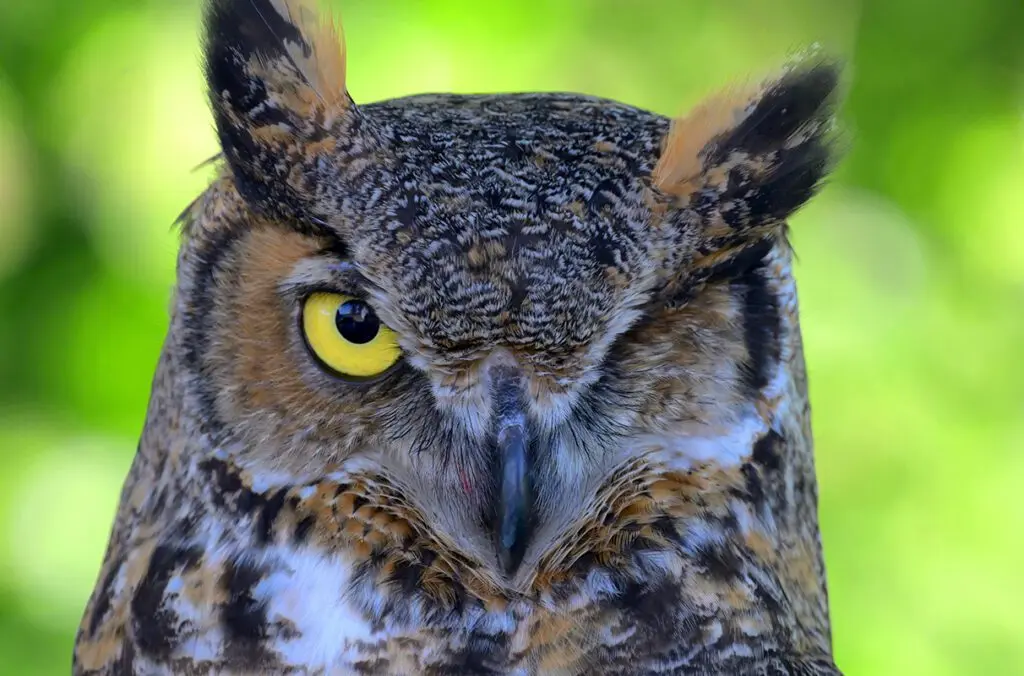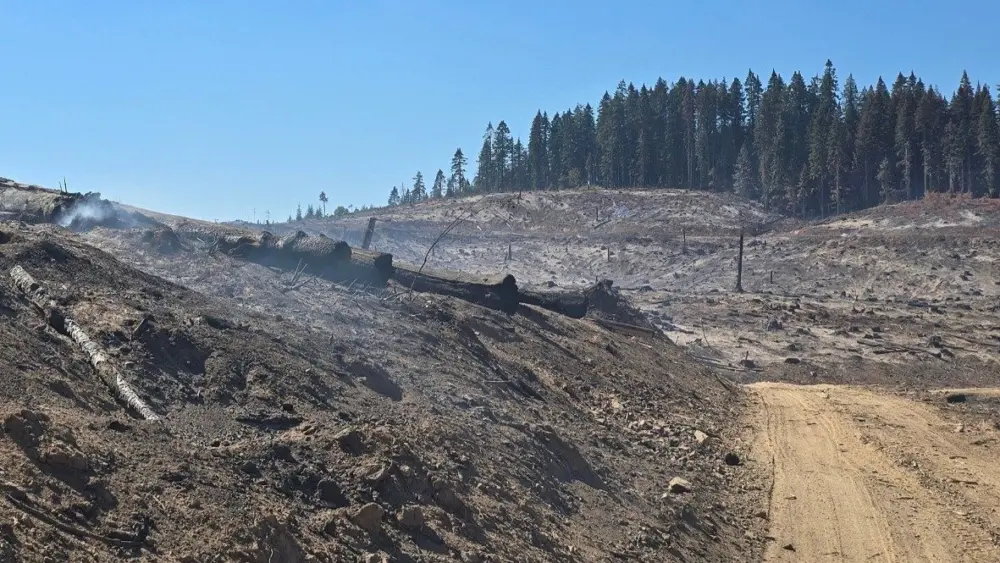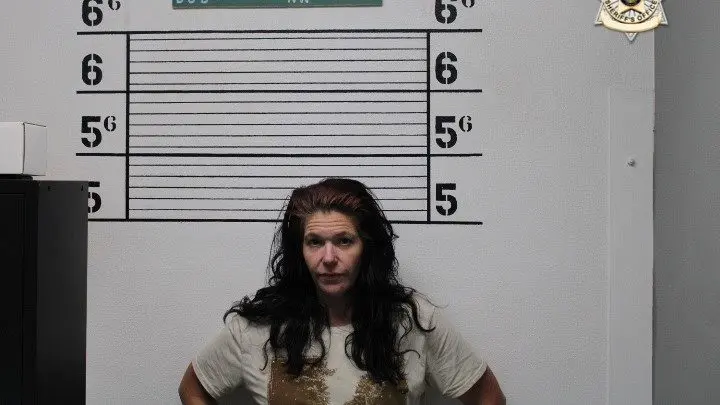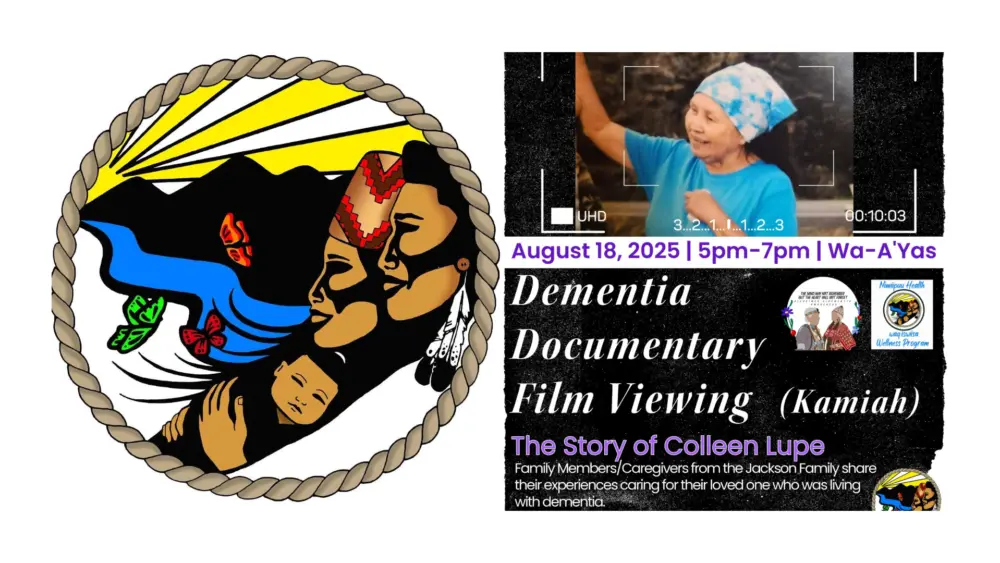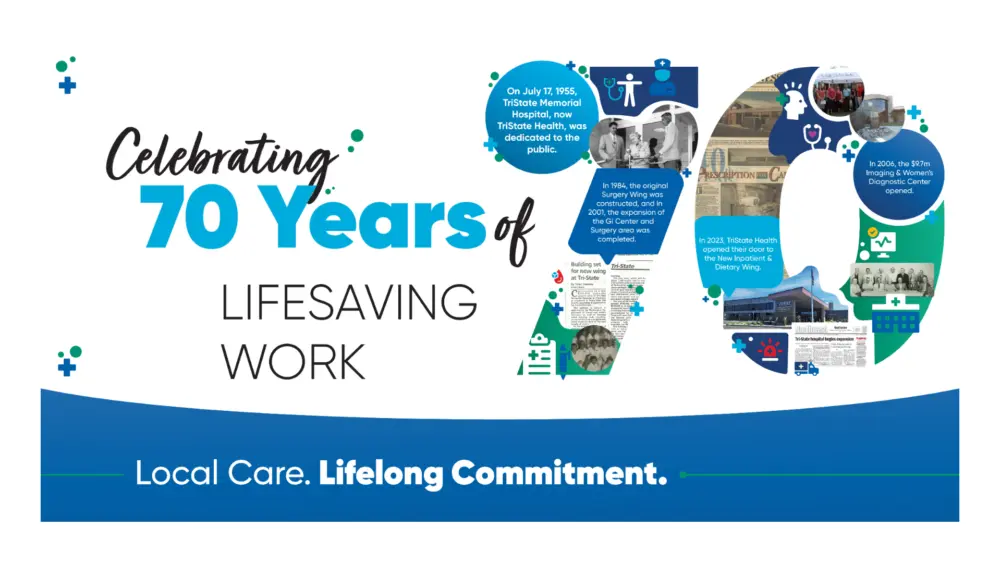PULLMAN, WA – A juvenile great horned owl found with a broken wing and an injured eye now has a second chance at life as the latest educational ambassador in Washington State University’s Raptor Club.
The owl, named Eugene, was originally found grounded beneath his nest in Minnesota with several broken bones in his wing and with trauma to his left eye. He was brought into the University of Minnesota’s Raptor Center by a good Samaritan and cared for by wildlife veterinarians, where his eye was surgically removed and his wing was corrected.
Still having not learned to hunt, and now only having one eye to depend on, Eugene was not deemed a candidate for release due to fear that he would not be a successful hunter.
Through Partners for Wildlife, a grant-funded initiative that partners rehabilitators and rehabilitation organizations to provide resources for improving the welfare of animals in their care, the vocal but even-tempered owl was brought to WSU in late May to serve as an educational ambassador in the Raptor Club.
“He would not have survived in the wild, so this gives him another chance to serve as an ambassador for his species,” said WSU wildlife veterinarian Dr. Marcie Logsdon. “Animals as educational ambassadors are an effective way to teach people about wildlife and get them engaged. I can talk to somebody all day, but it’s not going to match the impact of seeing one of these animals up close.”
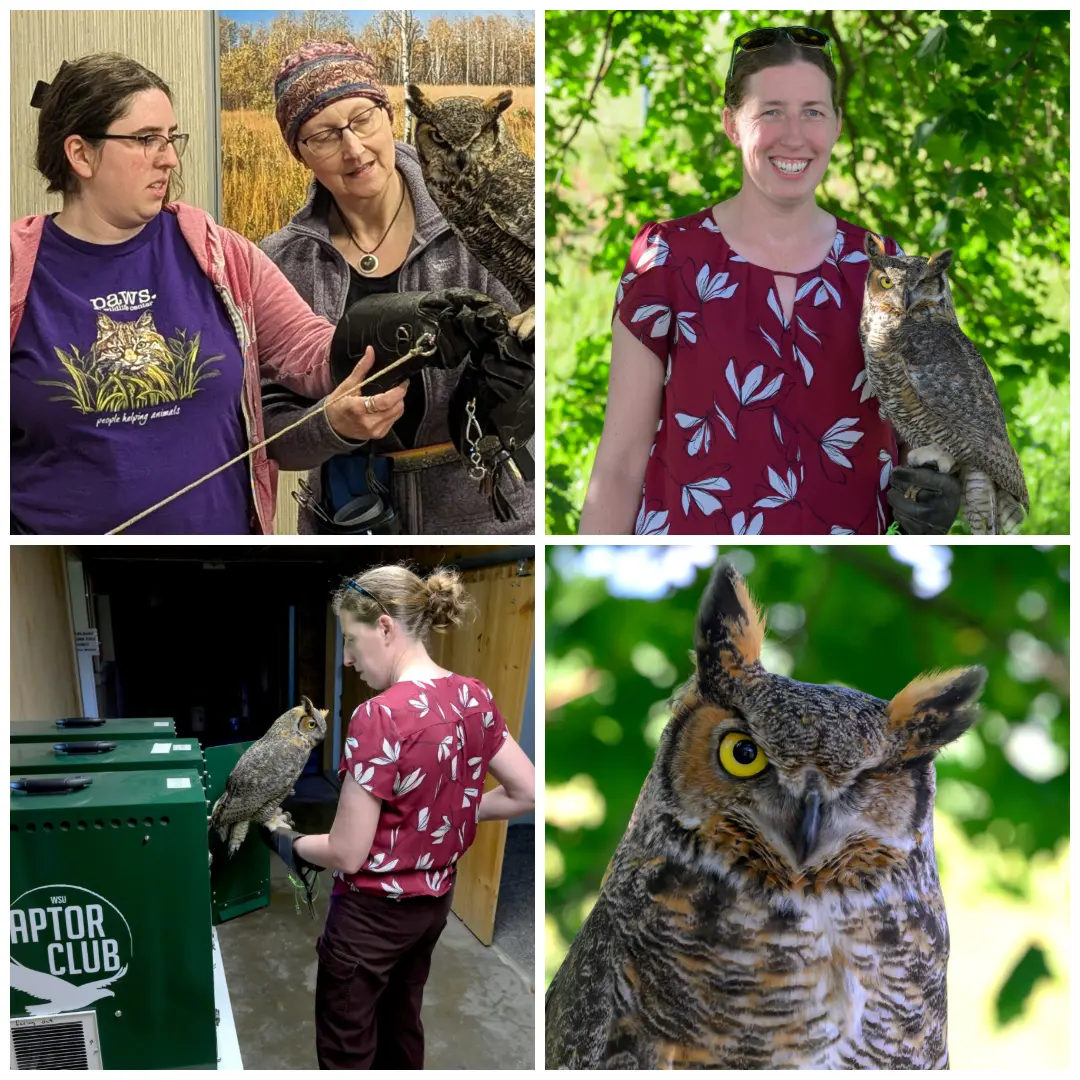
Founded in 1981, the WSU Raptor Club has served as a home for dozens of non-releasable eagles, falcons, hawks, and owls like Eugene. Through primarily donor support, the club feeds and houses the birds in large outdoor enclosures at the Stauber Raptor Facility on the WSU Pullman campus.
To raise awareness for these birds and their special ecological requirements, the Raptor Club — run entirely by WSU student volunteers of any major — provides educational presentations for regional K–12 students, clubs, organizations, and events.
Logsdon said Eugene is a prime candidate for life as an educational ambassador and is settling in nicely at WSU, but captivity is not for every bird, and it’s not a decision that is taken lightly.
“The goal is always to release wild animals back into the wild,” Logsdon said. “Many wildlife rehab centers, including WSU, will consider releasing one-eyed owls, but not if they’re that young because great horned owls already have been shown to have a pretty steep learning curve when it comes to hunting.”
While it’s unknown how Eugene and his sibling fell from their nest, Logsdon said it’s not uncommon for great horned owls to select inadequate nesting locations and human intervention is sometimes to blame, as was the case for many of the birds in the Raptor Club.
“The vast majority of the time, animals that come into rehab are coming in due to human activities — hit by car, hit a window, attacked by domestic dog or cat,” Logsdon said.
Great horned owls can live anywhere from 12–20 years in the wild. In captivity, Eugene could live as long as 30 years.
Logsdon, who volunteered for the Raptor Club during her undergraduate tenure at WSU, said the club holds a special place in her heart — it’s one of the reasons she’s a wildlife veterinarian.
“I was going to be a small animal doctor like my mom,” Logsdon said. “Then I learned that there were these awesome birds around and that I wanted to maybe work on them too. That’s how I got my experience handling these birds. Now I deal with almost exclusively wildlife and exotic patients.”

